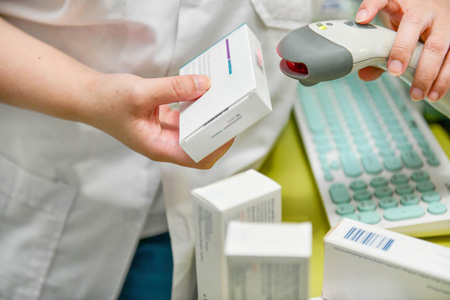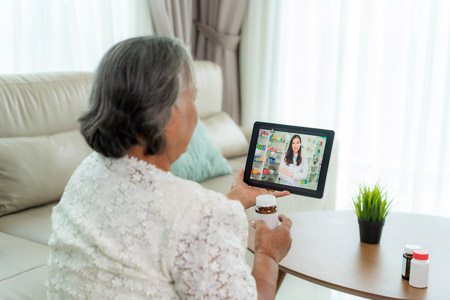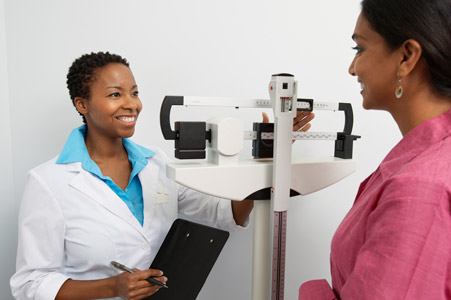


Wearable Technology: How Fitness Trackers Are Shaping Wellness
When it comes to managing your health, one of the best things you can do for yourself is to accurately monitor key health metrics. By establishing a baseline for your health you can be on the lookout for unusual symptoms, track your fitness progress, and set meaningful goals for yourself.
Of course, not many patients have the time for a full vitals check each day or even each week at their doctor’s office — but luckily, wearable technology presents an excellent opportunity to accurately monitor and track important health metrics.
Let’s examine exactly what wearables can track and a few key use cases for wearable technology in managing health and fitness goals.
What Can Wearable Technology Track?
Wearable health technology generally takes the form of a wristband that can make direct contact with a patient’s skin in order to track vitals and also monitor activity levels. These kinds of wearables can track a multitude of metrics. Specific metrics may vary from device to device, but generally wearables track:
- Steps taken
- Flights of stairs climbed
- Activity level and speed
- Calories burned
- Heart rate
- Heart rhythms (monitoring for atrial fibrillation)
- Sleep length and quality
- Blood oxygen levels and respiratory rate
Before making a purchase decision, keep in mind some wearables track more than others. Depending on your unique needs, you should also explore different wearables designed for exercise monitoring, sleep tracking, or heart rate monitoring.
How Fitness Trackers Impact Activity
Wearables can be a great motivator if you’re trying to better understand your daily activity levels, set fitness goals, and hit important milestones.
Many watches come with built-in notifications that remind users to get up and walk around, stretch, take deep breaths, and other activities. You can also set goals that are visually intuitive to reach daily steps or activity milestones.
Getting 10,000 steps in a day can seem like a daunting task, but with your wearable tracking your every step and providing reminders to get up and get moving it may become much easier!
How Wearables Impact Mindfulness
Life can get busy and hectic for so many patients — and our brains rarely remind us to be mindful and take a beat. Wearables can track when you’ve had long periods of inactivity or elevated heart rates due to stress and remind users to take a break, stretch, do breaking experiences, and generally be mindful to lower stress levels.
If you struggle with mindfulness and stress management, wearable technology could be a great option for fitting more “me time” into your day.
Before making any investment in wearable technology, be sure to talk to your doctor about which wearable could be right for you and what to keep in mind when you make your decision.
The information on this site is for informational purposes only and should not replace direct medical advice, diagnosis, or treatment from your doctor or another qualified healthcare provider.



















.jpg)





















.jpg)

















.jpg)


























.jpg)
.jpg)
.jpg)













